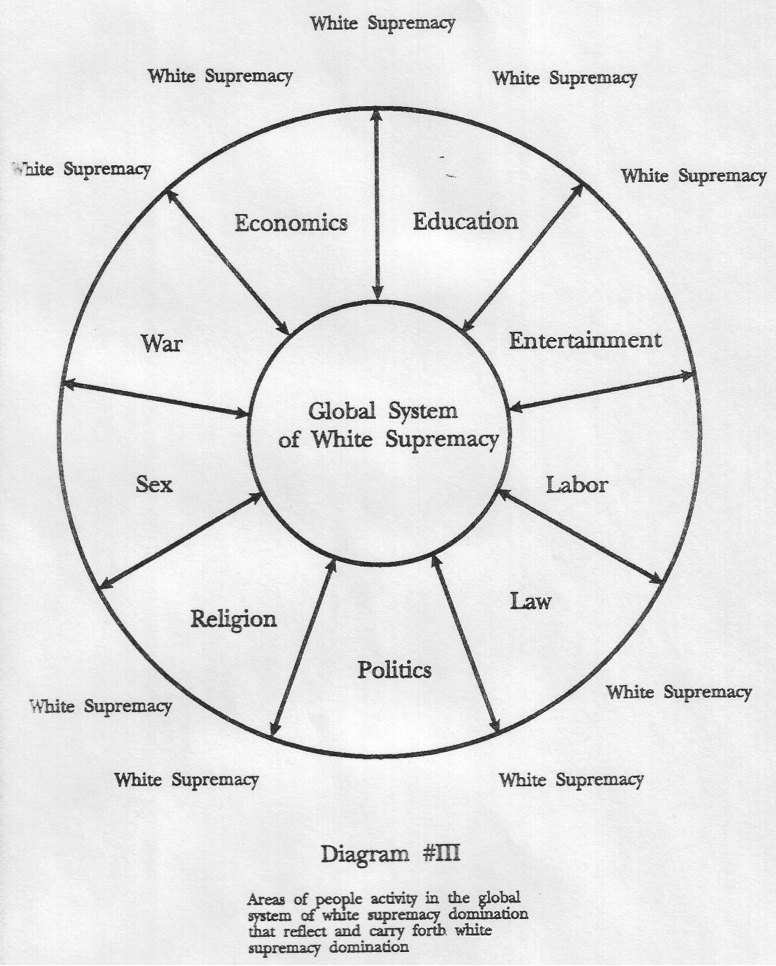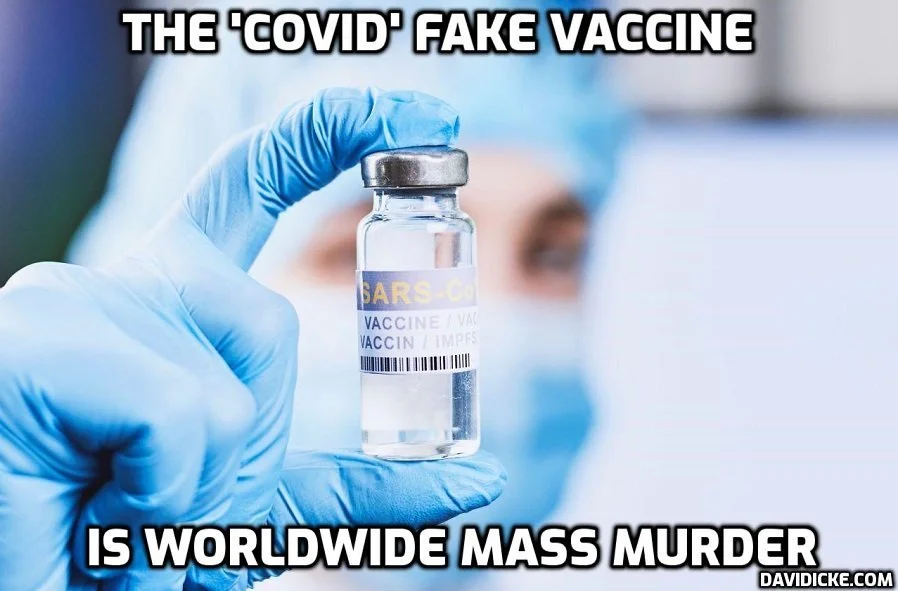Milwaukee Race Soldier Cop Free After Murdering Black Man Shot Lying on Ground with Hands up: Who's Next?
/
[The media has painted this police brutality episode as a Black on Black incident. Elite whites and their media hope you will buy what they work so hard at selling - that Black on Black violence and any other Black on Black hate going on in other contexts has nothing to do with white supremacy/racism. What's really real is that a Black cop would never do this shit to a white person and apparently never has. In reality, 'the black on black [criminal] is a white racist in black skin - a person who has internalized white racist attitudes and has identified with his victimizers and expresses his victimization by victimizing other black people. Filled with self hating venom, his behavior reflexts the absence of an appropriate black and african identity.' [MORE]. Black on black violence is a result of white supremacy. In all contexts a non-white person programmed in service of white domination is just as dangerous as a racist.] [MORE]]
Justice in Courts is Only Random in System of White Supremacy. From [HERE] A jury here on Wednesday acquitted a race soldier cop in the fatal shooting last August of a 23-year-old Black man, Sylville K. Smith, a death that touched off two days of protest and violence on this city’s north side.
The outcome was announced after less than 10 hours of deliberations in a case that was closely watched in Milwaukee. Jurors had been sequestered since June 13. Four of the 12 jurors were black.
Dominique Heaggan-Brown, a Milwaukee police officer for three years until he was fired last fall, had been charged in December with first-degree reckless homicide, a crime punishable by up to 60 years in prison.
Despite the visible public anger over and media attention on police shootings of Blacks & Latinos in recent years, criminal prosecution of the officers involved remains rare, as are prosecutions that end in convictions. Experts say close to 1,000 people are fatally shot each year by police officers in the United States.
The fatal encounter between Mr. Smith and Officer Heaggan-Brown, who were both African-Americans in their 20s, unfolded quickly last August.
Officer Heaggan-Brown and another officer were working in a residential neighborhood in Milwaukee when they approached Mr. Smith, who they suspected was involved in a drug deal. As they exited their squad car, Mr. Smith, who was armed with a handgun, darted away and ran into a yard with a chain-link fence.
When Mr. Smith reached the fence, he threw his gun over it, just as Officer Heaggan-Brown fired at him, a shot that hit Mr. Smith in his right arm.
Mr. Smith then fell onto the ground. Moments later, Officer Heaggan-Brown, standing several feet away, fired again, striking Mr. Smith in his chest. An official from Milwaukee County’s medical examiner’s office said that the second shot traveled through Mr. Smith’s heart and lung and was “not survivable.”
The criminal complaint says the Black man was unarmed when the officer fired the shot that killed him. The complaint says the body-camera video showed Smith was on the ground, unarmed and had his hands near his head when Heaggan-Brown shot him a second time in the chest. [MORE]
The entire episode lasted about 12 seconds.
Using frame-by-frame video from the officers’ body cameras, prosecutors argued that while the first shot fired by Mr. Smith was reasonable, the second shot was not.
The video showed that at the time the officer fired a second shot, Mr. Smith no longer had a gun and was on the ground — “hands up, with no place to go,” said the prosecutor, John Chisholm.
Officer Heaggan-Brown had no reason to fear for his life once Mr. Smith was unarmed, wounded and unable to run away, Mr. Chisholm said during his closing arguments on Tuesday. “Shooting someone point blank when he’s on the ground is utter disregard for life,” he said.
But the defense said that Officer Heaggan-Brown was merely following police procedure when he fired his gun a second time. Jonathan Smith, Officer Heaggan-Brown’s lawyer, told jurors that officers were taught to use the “one-plus rule” — or to expect that if a person has one weapon, he might have another.
Officer Heaggan-Brown was trained to use deadly force until a suspect is no longer a threat, Mr. Smith said.
“A gunfight doesn’t end until the threat is stopped,” he said.
Officer Heaggan-Brown, 25, did not testify at the trial. But he told investigators in an interview after the shooting that he had guessed that Mr. Smith was involved in a drug deal because he was driving a car with out-of-state plates.
During the chase, Officer Heaggan-Brown said that he had ordered Mr. Smith to show his hands and then fired a second shot when he saw that one of Mr. Smith’s hands move “toward his waist.”
Jurors relied on video from two body cameras: one worn by Officer Heaggan-Brown and another by the second officer on the scene, Ndiva Malafa.
On Monday, the jury was told it could find Officer Heaggan-Brown guilty of the original charge, first-degree reckless homicide, or of either of two lesser charges: second-degree reckless homicide, which carries a maximum of 15 years in prison, or homicide by negligent operation of a dangerous weapon, punishable by as many as five years in prison.
After the shooting in August, angry demonstrators took to the streets of Milwaukee, setting fires to businesses and throwing rocks at the police. Gov. Scott Walker declared a state of emergency and activated the state National Guard.
Officer Heaggan-Brown was fired in October from the Milwaukee Police Department on unrelated sexual assault charges.
The night after the shooting of Mr. Smith, prosecutors said Officer Heaggan-Brown went to a bar, met a man, drank heavily and “bragged about being able to do whatever” he wanted “without repercussions.”
According to prosecutors, later that night, Officer Heaggan-Brown sexually assaulted the man. In the morning, Officer Heaggan-Brown left the man at a hospital and texted a superior at the Police Department that he had made a mistake and needed “to handle this in the most secret and right way possible.”
Officer Heaggan-Brown has pleaded not guilty to those charges. He is expected to face a jury trial in August.








































































































































































































































































